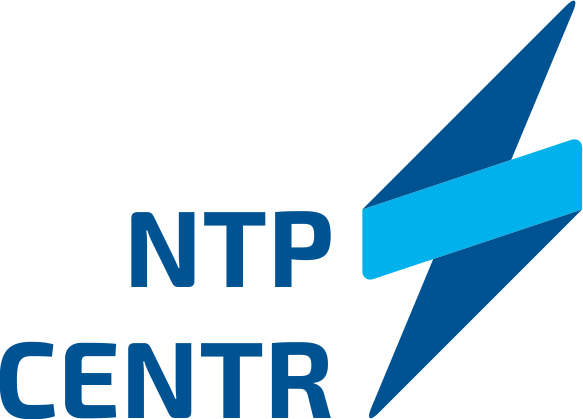NTC-11.17.2 “Hydraulics M2”
Br0.00
The laboratory stand is designed for carrying out laboratory works on “Hydraulics and hydromachines” in universities and secondary technical educational establishments.
- Description
- Experiments provided
- Video
- Technical specifications
- Scope of delivery
- Additional equipment (specified when ordering)
- hydraulic device measurement and control module;
- hydrostation.
The devices are connected by electric and pipe lines. The hydraulic device measurement and control module has frame structure with single sided base containing table, two hydro panels and measurement and control panel.
The measurement and control panel contains basic hydraulic circuit. The circuit is fixed and does not require any assembling before doing laboratory works. Mineral oil is used as operating fluid.
The stand contains:
- three-phase electric motor;
- gear-type pump;
- two pressure hydro valves;
- filter;
- one distributor with electromagnetic control;
- five manually controlled distributors;
- two-port discharge valve;
- controlled hydro valve;
- twin throttle with back valve;
- hydraulic accumulator;
- subplates;
- connection fittings;
- pipes.
High enough pressures and fluid flow rates visualize the studied processes and facilitate learning the material. Fluid discharge ratio can be widely varied.
The information and control system allows to measure pressure, discharge, pump axis rotation velocity, pump power, operating fluid temperature, and time. The stand contains 11 manometers (one electrical), integral velocity meter, electronic tachometer, electronic stop watch, digital kW meter, thermometer with bimetallic gauge.
Two electronic gauges allowing to measure pressure in eight pipe cross sections are used for further increasing measurement accuracy in studying local hydraulic resistances (sudden narrowing or widening).
Some hydraulic devices in the stand are modular. In some of the works the experimental results can be compared with calculations allowing to evaluate calculation errors.
The stand is supplied with:
- a set of teaching materials and technical documentation intended for the teaching staff;
- a software to operate the equipment, including:
- studying theoretical materials;
- initial verification and consolidation of the knowledge gained with the help of a test included in the software;
- implementation of the laboratory work with recording the observations and measurements in corresponding program fields and tables, automation of the calculations and plotting the diagrams;
- formation of the final report on the laboratory work.
Experiments provided
- The study of pressure and discharge, liquid flow regime assessment.
- Plotting pressure and piezometric conduit lines. The study of Bernoulli equation.
- The local hydraulic resistance coefficient test.
- The hydraulic friction coefficient (coefficient of permeability) test.
- The study of non-stationary process of liquid outflow through hydro throttle (small opening in a thin wall).
- The study of characteristics of displacement pump with safety valve.
- The study of throttling characteristic of flow control device.
- The study of throttling characteristic of throttle with back valve.
Video
Technical specifications
| Power supply | 3~380/220 V, 50 Hz |
| Power consumption, kW, max | 2,3 |
| Electric magnets power voltage, V | +24 |
| Working fluid | Mineral oil |
| Rated pressure in hydrosystem, MPa | 6,3 |
| Hydraulic station dimensions, max: | |
| width, mm | 400 |
| height, mm | 600 |
| depth, mm | 500 |
| Training system overall dimensions, max: | |
| width, mm | 1400 |
| height, mm | 1650 |
| depth, mm | 750 |
| Weight, kg | 200 |
Scope of delivery
- training laboratory system – 1 pc.;
- supplementary materials in electronic format – 1 pc.;
- passport – 1 pc.
 Русский
Русский
